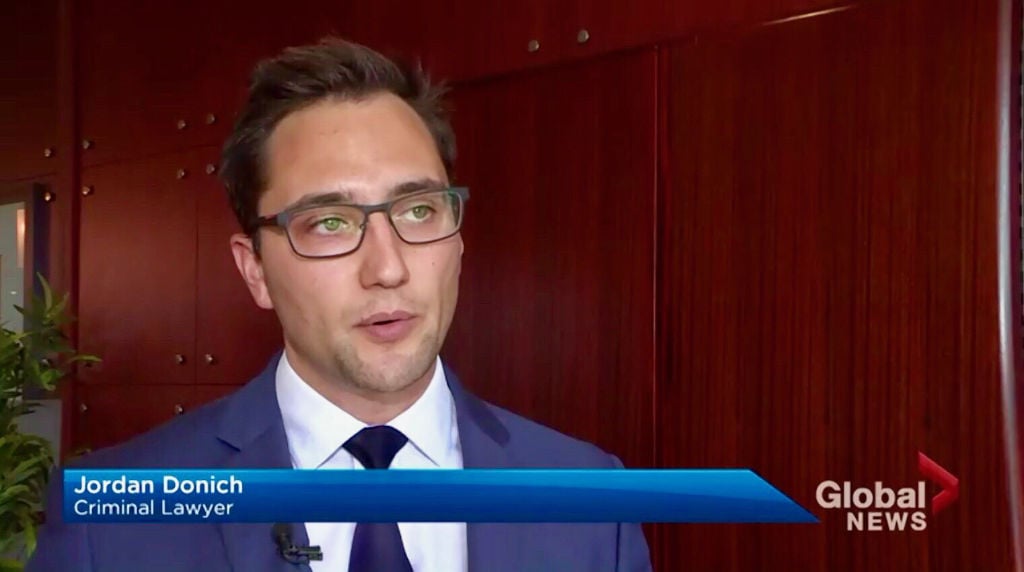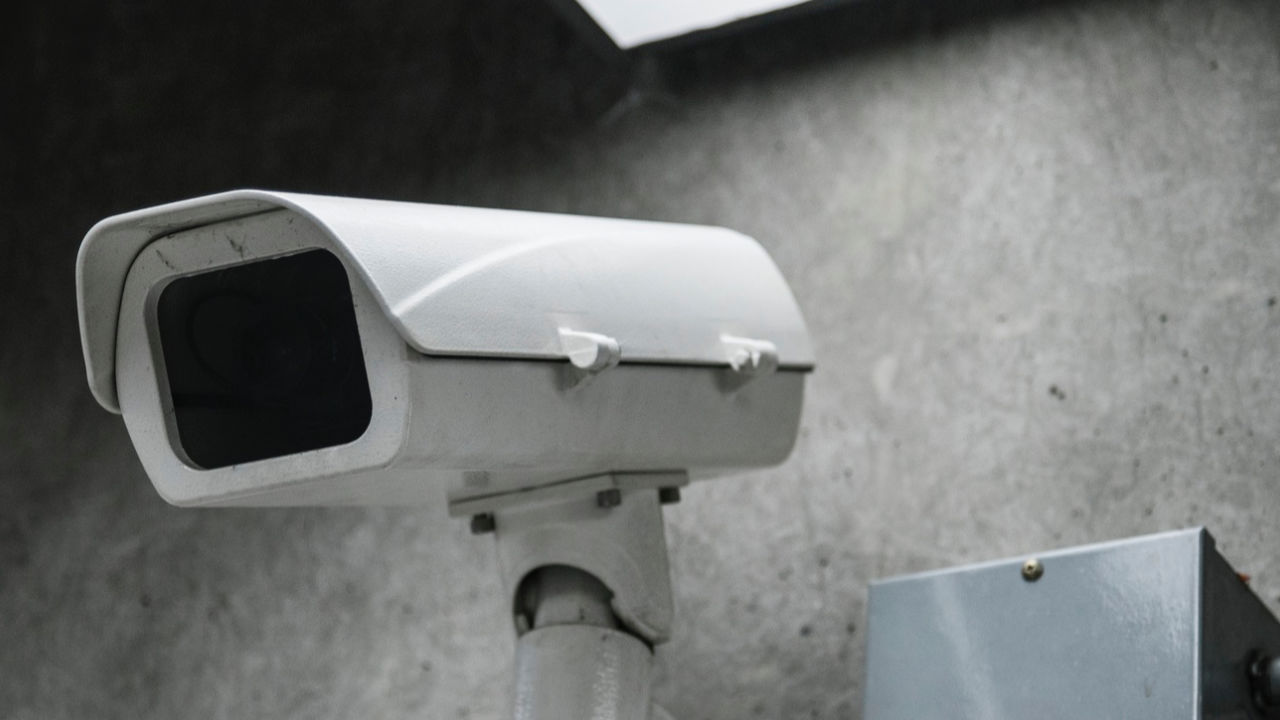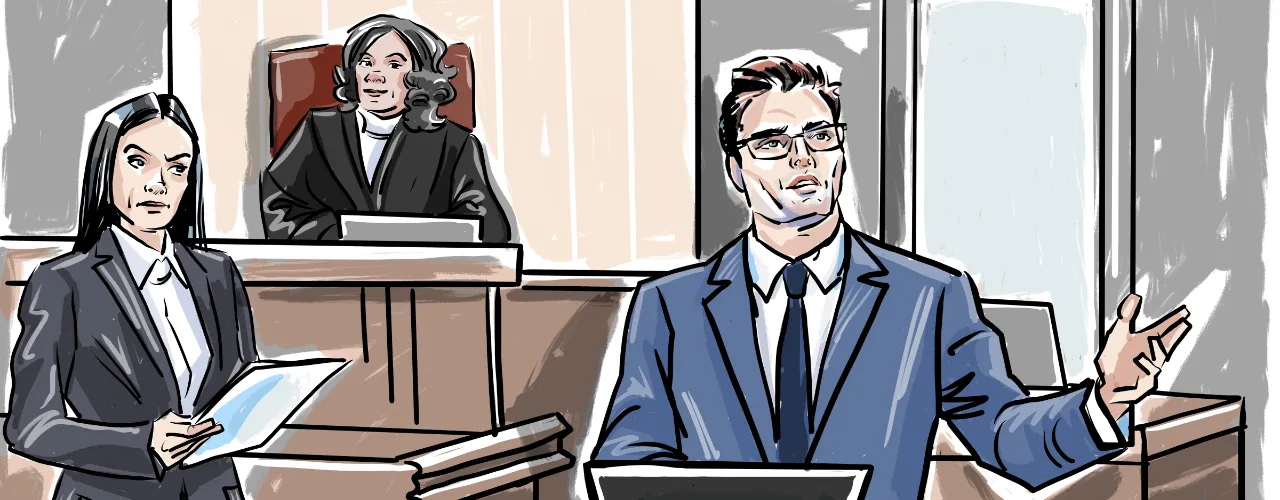
Defend Child Pornography Charges
Our Experience
Donich Law is a criminal law firm with more than 10 years of experience defending clients all over Ontario in both the Ontario Court of Justice and Superior Court of Justice. The Firm has represented everything from first time offenders charged with child pornography offences, to clients who have previously spent time in prison for child pornography offences. We have worked on complex cases involving international law enforcement agencies in Canada, the United States, Europe, and New Zealand, regularly achieving positive results for our clients.
In the case of R. v. A.B. [2020], the Firm successfully defended an individual charged with voyeurism, making child pornography, and possession of child pornography. The accused was charged after his online activity was flagged and brought to the attention of police. The Firm engaged in close to two years of litigation, finally securing the withdrawal of the majority of the charges against the accused.
In the case of R. v. J.A. [2017], the Firm represented a client charged with various internet child exploitation offences including possession of child pornography and distribution of child pornography. The individual was arrested after his online activity was flagged by the National Centre for Missing and Exploited Children in the United States and reported to local authorities. The Firm spent a significant amount of time analysing the case and engaging in Crown negotiations before the charges were ultimately withdrawn by the Crown.
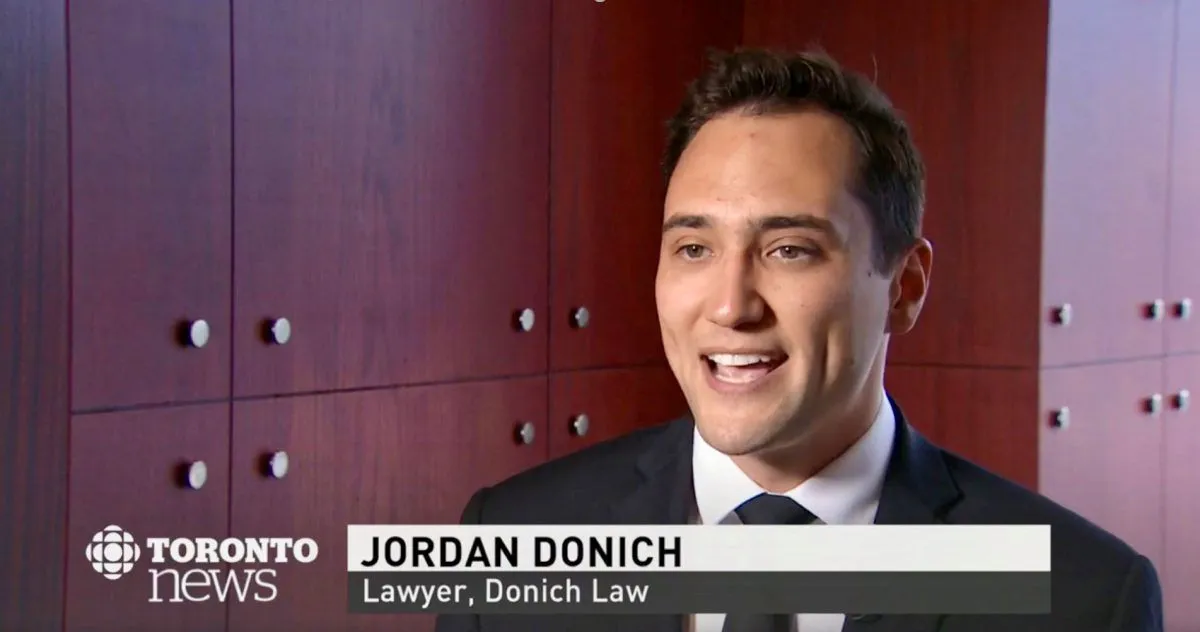
- Toronto Star: Pornhub and Revenge Porn.
- Toronto Star: New Corporate Liability for Child Pornography in Canada.
- Toronto Star: Police Power and Social Media Companies.
- Global News: Can an airline tell you to stop recording and delete a cellphone video?
- Métro Montréal: Avec le temps chaud, il n’y a pas que le mercure qui grimpe: le nombre de cas de voyeurisme aussi.
- CityNews: As the temperatures outside get warmer, police say the reported number of cases of voyeurism tend to rise.
- VICE News: An Image Site is Victimizing Women and Little Can be Done.


The York Regional police reported 308 other Criminal Code offences of Cybercrime (which includes child pornography) in 2020 in comparison to 270 cases in 2021. The York Regional Police has a Crimes Against Children Unit that specializes in sexual assault, serious neglect, or abandonment of children. They work closely with Children’s Aid Society. In Newmarket, there were 1,978 cases of Other Criminal Code offences in 2019, dropping to 1,188 cases in 2020.
In the case of R. v. T.T. [2022], Donich Law successfully represented an accused person charged with numerous child pornography offences including one count of making child pornography, one count of luring, four counts of possession of child pornography, and three counts of distribution of child pornography. The individual came to the attention of law enforcement after sending child pornography material to an individual over Instagram. Instagram flagged the activity and reported it. The Firm ultimately secured the withdrawal of seven of the charges against the accused by exploiting 11(b) delay in the case.
Internet Child Exploitation is a Global Problem
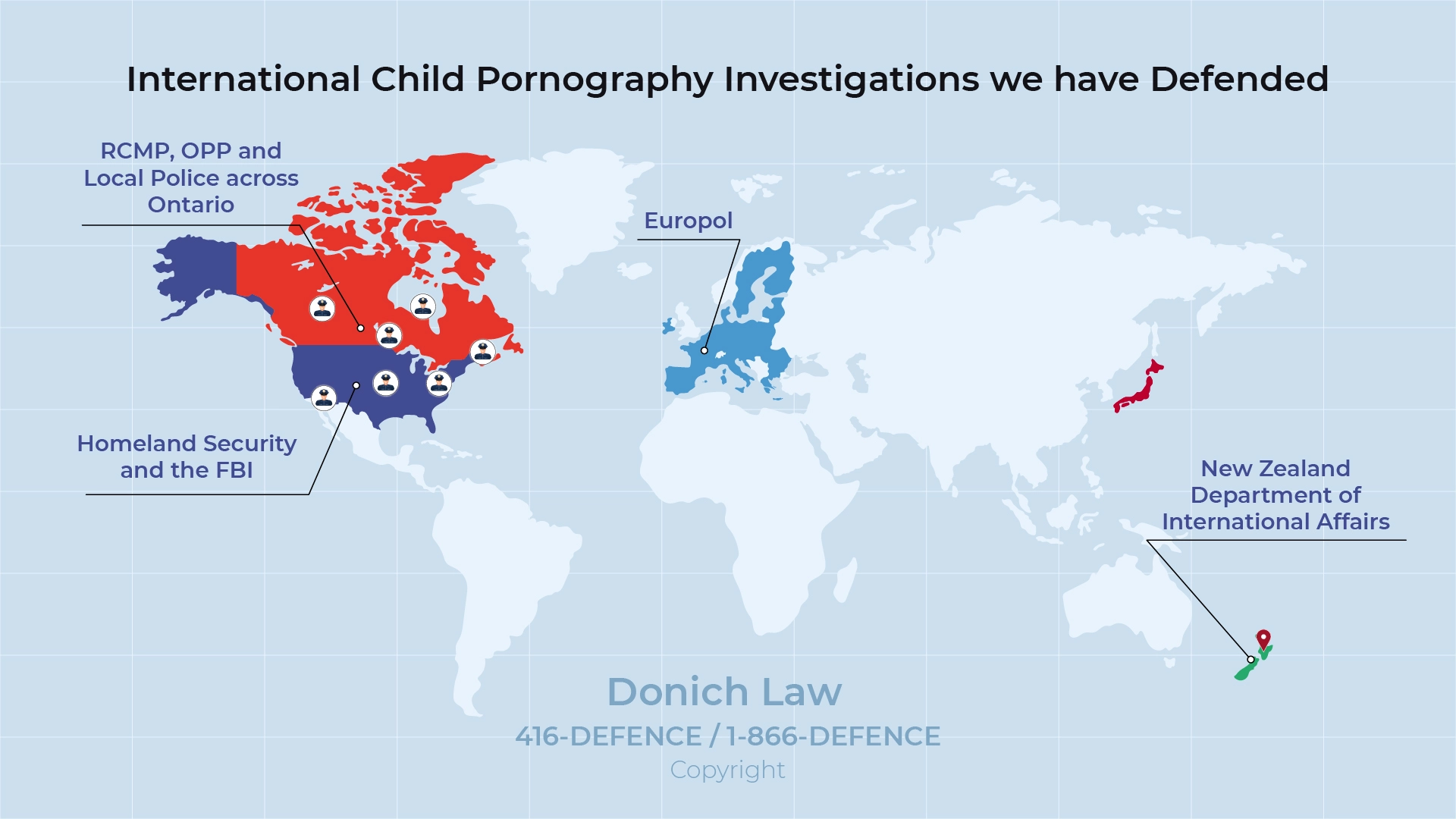
The Firm has defeated a number of international child pornography allegations where Microsoft, Kik, Facebook, Instagram, Twitter and Google have sent cyber tips to the National Child Exploitation Coordination Centre (NCECC) located in the United States, which have ultimately been used as a basis for Production Orders from Rogers Communication and Bell by Toronto, York Region, Halton and Peel Police.
The Firm also defends a number of offenders caught on the Darknet, including where offenders attempt to use anonymous file sharing software, private networks or Tor Browser to avoid detection, such as its R. v. J.T. [2019]. In these particular cases, law enforcement will use sophisticated digital surveillance technologies which track artifacts of the accused’s movement online. This evidence will then be used to support a production order and search warrant. These are often surprise attacks by law enforcement which may involve multiple police forces across Canada.
Online Sex Offence are on the Rise in Canada
In 2022, the Firm represented an accused charged with 7 child pornography offense in R. v. E.Z. [2022]. The accused was arrested after a large international law enforcement operation found him to be communicating with other offenders online for the purpose of trading child pornography material. He was charged with distribution of child pornography, making child pornography and possession of child pornography. The Crown’s initial position on sentence was 7 years’ incarceration due to the accused’s past history of committing child pornography offences. The Firm conducted a thorough analysis of the search warrants and production orders used in the case and uncovered an error. The Firm subsequently launched a section 8 Charter challenge as well as a section 11(b) Charter challenge. This led to a significant reduction in the Crown’s position and ultimately to the withdrawal of 5 of the most serious charges.
In R. v. M.O. [2021], the Firm represented an individual charged with two counts of possession of child pornography in Halton Region. To secure the withdrawal of all charges, the Firm ordered and analyzed the Form 1 Search Warrant and Form 5.004 Production Warrant issued in the case. The Firm also performed forensic analysis on the alleged unlawful material, ultimately arguing that the material seized did not constitute child pornography.
Law Newbie is a free AI research assistant that can help you safely answer questions about criminal law.




Frequently Asked Questions
What is a Publication Ban and Why Should I Get One in Newmarket?
Child pornography cases can be high publicity media sensations, and to protect the accused, a section 517 publication ban should be requested at the bail hearing if possible. Section 517(1) of the Criminal Code guarantees the protection of any information relayed during the case until the matter is finished. This would protect most information from the media. If the publication ban is not put in place the bail hearing it may be ordered at the next appearance.
However, the Court is still a public forum. The Court can print the name of the accused and their charges. The publication ban will prohibit reporters or anyone else from coming to court and reporting on what it discussed. Some information available to the public are the accused’s charges, the accused’s initials, and the next court date. Any details or facts about the specific case are not printed.
Will My Name Be in the Media for This Offence?
Child pornography is a large public safety concern. In comparison to other non-violent offences, child pornography offences are more likely to be published in the media. This is why it is important to get a section 517(1) publication ban early in the bail hearing process.
The stigmatization that comes with being charged with an offence can be debilitating. The alienation and ostracization that comes with a child pornography offence can be even more so. One of the fundamental principles of justice is that everyone is presumed innocent until proven guilty. A publication ban can not only protect the accused’s rights, but also the safety and dignity of the victim.
Specific publication bans are created for this purpose, pursuant to each of their sections within the Criminal Code. Section 486.4(1) protects the publication of any information that would identify a victim or a witness involved in a sexual offence. Section 486.5(1) protects the publication of any information that would identify the victim or a witness in a case. Section 517(1) is specifically for the accused. It is important to get a lawyer and have a bail hearing plan in place.
What If I Am a Youth and Took a Photo of Myself?
A youth taking a photo of themselves does not constitute as child pornography. This is called the private use defence and is a statutory exemption. If a minor is accused of possession of child pornography, they may raise this defence. Parliament’s intention when creating child pornography offences is not to criminalize youth who may be experimenting with their sexuality. However, if the youth share the picture with anyone else, they may have committed distribution of child pornography.
The private use defence only applies when the material is self-created and expressive: that is, any material that is created and held by the person depicted exclusively for their own personal use. The defence also requires that the material is of minimal risk to children.
Will I Go to Jail for Child Pornography in Newmarket?
Yes, the chances of going to jail for child pornography are very high. Child pornography is a crime that has seen recent rise, which Parliament and the Supreme Court of Canada has taken notice of. In the Supreme Court of Canada case of R. v. Friesen, [2020] SCC 9, the Court enumerated the primary sentencing principle in relation to child-related sexual offences is denunciation and deterrence. Child pornography is one of the few offences in the Criminal Code that has a mandatory minimum prison sentence. The mandatory minimum sentence for accessing and possessing is six months incarceration, maximum is two years less a day or, if by indictable election, ten years’ incarceration. The minimum for making and distributing child pornography is one year incarceration, while the maximum may be 14 years of institutional custody.
In the case of R. v. Inksetter, [2018] ONCA 474, the accused was found with one of the largest collections of child pornography ever discovered in Ontario. The accused was found guilty and sentenced to three years for the possession count and a year and a half for making available child pornography.
How Come the Age of Consent is 16 but the Child Pornography Age is Below 18?
In Canada the age of consent is 16 years old, however, it is illegal to take a sexual photo a photo of a person under 16. Any material depicting a person under the age of 16 in a sexual act is strictly considered as child pornography. A person over the age of 18 may have sexual activity with someone 16 or older, but anyone under the age of 18 is considered still a minor for the purpose of child pornography offences.
Child pornography is an extremely serious offence. Child sexual exploitative material (CSEM) not only causes lifetime trauma for the victims, but their abuse is also shared to a community. Luring children online is sometimes a tactic of predators. By normalizing child pornography and manipulating their victims, pedophiles can receive child pornography in return. Such is the case in R. v. Pathmanathan, [2023] ONCJ 142, where the accused used several images and videos of child pornography to lure young girls to send him child pornography in return.
Recent Cases
R. v King, 2023 ONSC 2305
The accused was found with 45,322 images of child pornography, and charged with 11 counts of possession. In the Ontario Superior Court of Justice case of R. v. King, the accused pled guilty to counts (2) making available child pornography, (3) possession of child pornography, (4) voyeurism, (7) exposing genitals to a minor under 16, (9) luring under 18 and (10) luring under 16. After a collaboration between the Royal Canadian Mounted Police’s National Child Exploitation Coordination Centre and social media platforms the accused was operating on, they were able to find the child pornographic material.
After conducting forensic examinations, the police found numerous communications with girls under the age of eighteen, with the accused distributing images of child pornography to them and requesting explicit material back. This behaviour constituted luring, making child pornography, and distribution of child pornography. The defendant also had a history of accessing illegal streaming sites for child pornography and recording these videos. Due to the large amount of forensic evidence and the extreme nature of the crime, the defendant was sentenced to six years of incarceration.
R. v. A.H., 2023 ONSC 2005
The accused pled not guilty to one count of making child pornography, one count of possession of child pornography, and one count of making an arrangement with a person to commit an offence. In the Ontario Superior Court of Justice case of R. v. A.H., the accused was the complainant’s mother. The complainant was eighteen years old at the time of trial. Under the coercion of her online boyfriend “Ed”, the accused took inappropriate photographs of her daughter who was eleven years old at the time.
In their analysis of the case, the Court examined the available evidence, one of which was the accused’s video statement. The criminal case R. v. W.(D.) established principles of assessing the accused’s testimony. If there is any reasonable doubt the accused is innocent, the Court must acquit. This rule also applies for witnesses and complainants as well, respective to their situations. The accused pled not guilty and claimed that she did not know the purposes of the photographs. The Court found this implausible. The accused was found guilty on all three charges.
R. v. P., 2023 ONCJ 142
The accused was found in his residence possessing and accessing child pornography. In addition, the accused pled guilty to 39 sexual offences in relation to victims between the ages of 12 and 15. The accused used online social media profiles to communicate with children and distribute and/or make child pornography. The police found the accused with 5,600 images and approximately 200 videos that constituted child pornography.
The eight victims and their families each filed victim impact statements detailing the harm that the defendant has done to them. A psychiatric assessment of the defendant qualifies the defendant as being at above average risk of sexual recidivism. The defence also filed character materials to show that the defendant was respectful towards young women in his family. However, given the extreme nature of the crimes and the defendant’s risk to the public, the Court imposed a harsher sentence. The defendant was sentenced to nine years, in addition to ancillary orders that required a DNA sample as well as a SOIRA registration.








